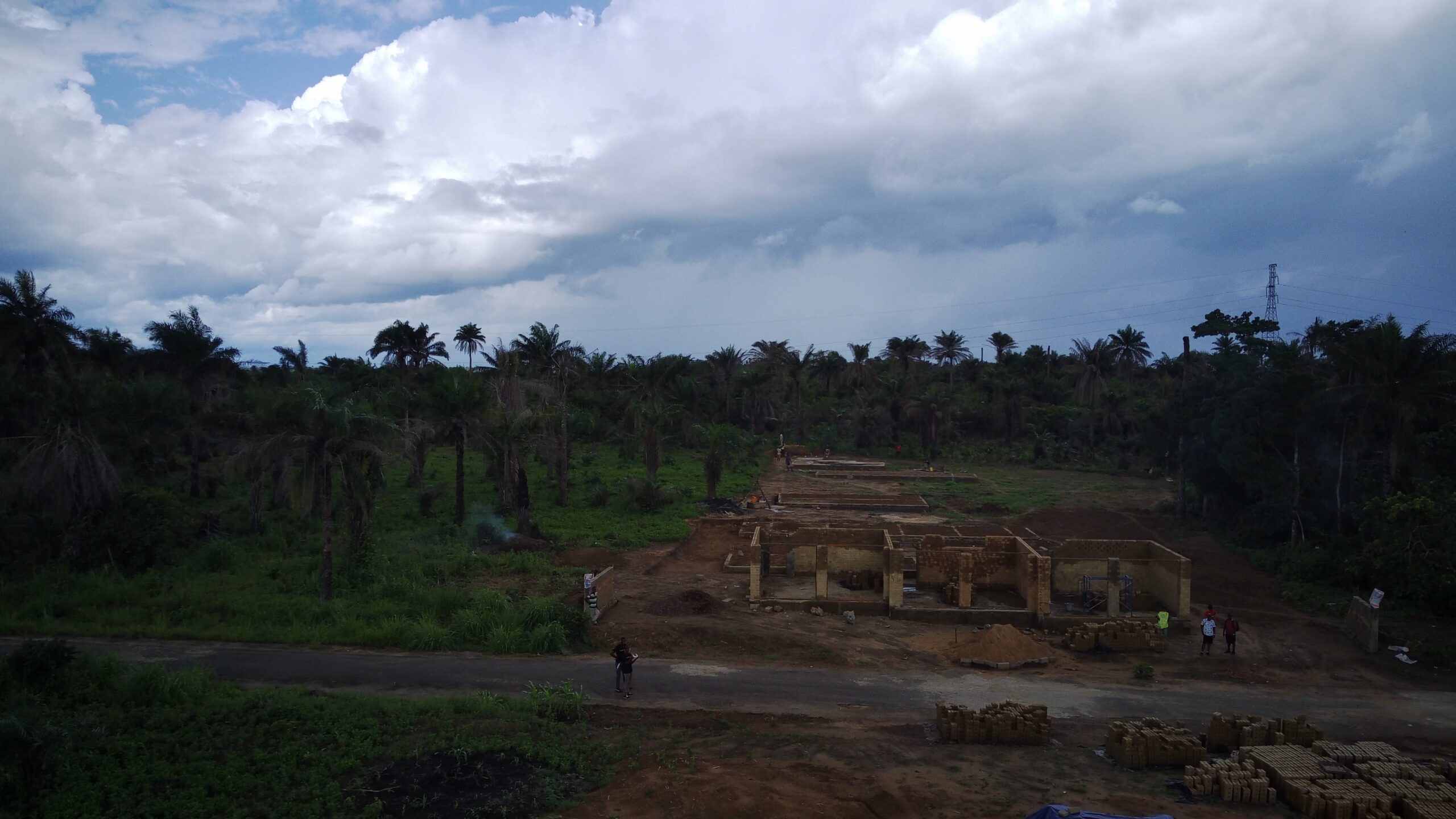
This article was originally published by Senseware on their website
Many organizations are recognizing the value of sustainable and green building methods. New advances in materials, technology and practices enable companies to use environmentally friendly processes that also lead to better overall efficiency. Here are the top 10 sustainable building methods currently in use or under development.
1. IoT Integrated Automated Building Systems
The Internet of Things (IoT) gives facility managers access to data that they did not previously have access to. These small connected sensors can integrate with automated building systems to improve the sustainability of operations. For example, IoT sensors can dynamically adjust the required ventilation and lighting levels inside the building based on temperature, weather and CO2 readings. The facility manager doesn’t need to manually stay on top of these adjustments or input data from multiple pieces of equipment.
2. Synthetic Roof Underlayment
The underlayment on roofs is typically asphalt-based, which breaks down relatively quickly. Replacing this layer is necessary to keep moisture out of the building’s interior. Synthetic roof underlayment offers an alternative that weighs less and holds up to the wear and tear of an exterior environment. This material uses polymer that comes from recycled scrap materials. It also eliminates VOCs from the underlayment.
3. Green Roofs
Another innovation for the top of commercial properties comes from green roofs. Grass, plants, flowers, bushes and other greenery grows on the roofing material. Stormwater is absorbed into the soil and managed more easily than with a bare roof. Heating and cooling costs are reduced, and the air quality is improved.
4. Grid Hybrid System
Renewable energy sources provide a sustainable way for organizations to power their commercial properties, but many grid systems lack storage to power facilities during times of low solar availability. A hybrid system stores excess energy and allows the renewable source to function at night, during overcast days and in other conditions that aren’t ideal.
5. Passive Solar
Another way to leverage a sustainable solar energy source is to construct the building based on the passive solar concept. The facility’s location and design maximize solar energy for heating during winter, while reducing its impact during warmer months.
6. Greywater Plumbing Systems
Greywater systems reduce the facility’s need for fresh water, as everything except for toilet streams can be processed for reuse. The most common uses for this water include irrigation and supplying toilets with water.
7. Electrochromic Glass
Electrochromic glass can shift from clear to opaque based on external stimuli such as an electrical current or UV rays. It eliminates the need for shades and other window treatments, while adapting to current conditions passively. Additional benefits include blocking the vast majority of UV rays.
8. Solar Thermal Cladding
Solar thermal cladding is a passive solar building method designed specifically to hold heat during the winter. The sun’s energy is stored within this material and passed through to the building for heat retention purposes.
9. Structural 3D Printing
Creating and moving building materials to the job site can have heavy environmental costs. As structure 3D printing begins moving forward, it becomes easier to cut down on shipping costs or reduce the weight of components.
10. Self-healing Concrete
This material is in its early stages, but once it’s commercially viable it opens up many sustainable possibilities. Everything from roads to walkways can benefit from concrete that heals itself. Road crews would no longer need to shut down busy streets and highway lanes to address potholes and cracks.
Proactive Maintenance
Facility managers use preventative maintenance to avoid unscheduled building downtime, but this often leads to parts getting replaced well before their effective lifespan completes. IoT sensors allow managers to move to a proactive system that only schedules repairs and replacements when absolutely needed.
Current and future sustainable building methods bring many options to the table for facility managers planning on implementing green practices.




